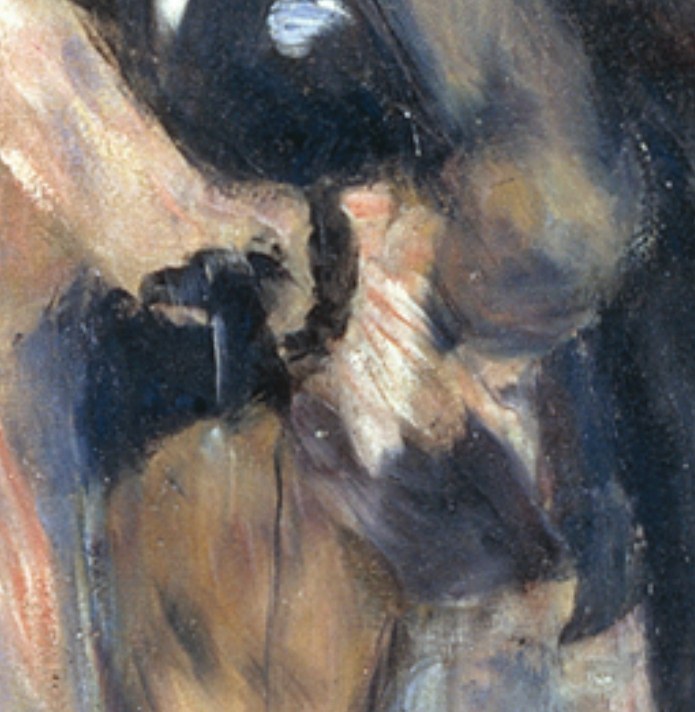
What Can We Steal From Pam Houston’s “Corn Maze”?
Title of Work and its Form: “Corn Maze,” creative nonfiction
Author: Pam Houston (on Twitter @pam_houston)
Date of Work: 2012
Where the Work Can Be Found: The piece is a part of Metawritings: Toward a Theory of Nonfiction, a Jill Talbot-edited volume. The kind folks at Hunger Mountain have also made the piece available on their web site.
Bonuses: Here is an interview Ms. Houston gave to Montana Public Radio in which she discusses some of the issues brought up in “Corn Maze.” Here is an interview Ms. Houston granted to The Rumpus. You can find a lot of Ms. Houston’s short-form work at Byliner.
Element of Craft We’re Stealing: Truth
Discussion:
“Corn Maze” is a lyric essay in which Ms. Houston combines several small stories that allow her to examine what “truth” really means in writing. She discusses her alcoholic parents and how it affected her childhood, she recounts experiences she had with editors and fact checkers and describes the process that resulted in her book Contents May Have Shifted.
Ms. Houston’s essay confronts a very important issue in the field of nonfiction: the slippery nature of truth. What is TRUE when you describe your personal history? After all, your memory may be faulty. Individuals inherently interpret different events in different ways. Is the writer’s duty to describe objective reality-as inefficient as a strict reading of reality may be-or to use his or her skills to create a fiction that creates the same feeling he or she had in the moment?
Ms. Houston advocates the latter policy. While I write creative nonfiction on occasion, I’m much more of a fiction guy. When I’m writing a short story or working on the latest novel that will never be published, I am truly grateful for the ability to make up ANYTHING I want. Any song can come on the radio at any time, leading a character to reconsider his or her life. I love that I don’t have to try and REMEMBER anything about a character other than what I’ve already written about them. If I think my protagonist should have a big nose…boom. He or she does.
Nonfiction is different, of course. When I write explicitly about my “interesting” childhood, I think a lot more about what DID happen, as opposed to what COULD happen in the piece. The past several years have been an interesting time for nonfiction writers; as nonfiction becomes even more “creative,” many readers have rejected the notion of playing fast and loose with the truth of the interesting situations that sold books and increased Internet traffic. We all remember Oprah’s confrontation with James Frey, whose A Million Little Pieces was revealed to contain a number of important fabrications.
A couple years later, a Holocaust memoir by Herman Rosenblat was found to contain scenes that simply could not have happened. Writing for Salon, Lev Raphael points out that so many smart people (editors, a ghostwriter) were duped, at least in part, by their desire for a sad injustice to have some kind of happy ending.
JT LeRoy earned acclaim for the gritty writing he produced about his prostitute/drug addict past…until it was discovered that JT was really a woman named Laura Albert.
Pam Houston describes how she inserted characters into her travel pieces and even changed the weather she experienced, sometimes at her editor’s request. Here’s part of her defense:
But if you think about it, the fact that I did not really have a flirty exchange with three Italian kayakers doesn’t make it any less likely that you might. I might even go so far as to argue that you would be more likely to have such an exchange because of my (non-existent) kayakers, first because they charmed you into going to the Ardèche to begin with, and second, because if you happened to be floating along on a rainless day in your kayak and a sexy, curly-haired guy glided by and splashed water on you, you would now be much more likely to splash him back.
Ms. Houston seems to be urging writers to do two things:
- Question the nature of reality and truth. Physical and emotional realities sometimes contradict each other. Everyone has different memories of the same situations. Even language itself can muddy several interpretations of the same event.
- Strive to write pieces that will communicate the true feeling you’re going for, even if it means bending the truth a little bit.
One of the great strengths of a lyric essay is the seeming randomness of each short section. When the reader makes their way through the sections of a lyric essay, he or she is making intentional and unintentional connections between them. This technique is a kind of impressionism, I think. If you look at a painting by Renoir from a distance, you see what appears to be a blurry photograph, I suppose. Check out “Bal du moulin de la Galette.” Renoir is trying to capture the feeling of a…moulin in a…Galette. (Forgive me, I took German.)
Look at an extreme close-up of the canvas:
Renoir combined independent smears to create the illusion of reality. The same technique is at play in this lyric essay. How do details about corn relate to the author’s alcoholic parents or her own fabrication of the details of her travels? It’s up to you, dear reader. This “randomness” is part of the charm of the lyric essay. Like an impressionist painter, the author is inviting you even more explicitly to make use of your conscious and subconscious.
What Should We Steal?
- Contemplate the real nature of truth. Everyone has a different definition and you must serve the one that makes the most sense to you.
- Combine disparate elements to create a unified whole. The sections of a lyric essay are like breadcrumbs; where will they lead your reader?

